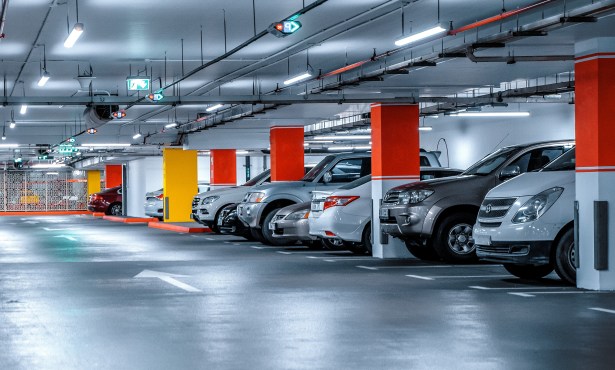Retrofitting Homes to Become All-Electric
Two Approaches and the Costs — Incrementally or All at Once

Weaning homes off natural gas and other fossil fuels would significantly reduce carbon emissions. Scientists report that fossil fuels consumed in our buildings across the globe account for 28 percent of climate change, while natural gas leaks upstream from our appliances account for another 25 percent of global climate change. Fuel-burning appliances are entrenched in our homes, making the shift to electric appliances a challenge, even to homeowners so inclined.
The City of Santa Barbara is finalizing an all-electric code for new construction, joining more than 40 other cities and counties in California. Most likely, Santa Barbara and Ventura counties will consider similar code changes soon, but what can be done about existing structures, nearly all of which are not all-electric?
Redwood Energy, a California energy consulting firm, has published, within the last few weeks, a peer-reviewed report laying out detailed information on how the conversion of an existing home can be simple, relatively inexpensive, and without building modification, not even upgrading the electrical service. This report, A Pocket Guide to All-Electric Retrofits of Single-Family Homes, lays out two paths toward electrification.
One path is an appliance-by-appliance conversion. This incremental approach, where an electric equivalent model replaces a gas-burning appliance, may have no cost difference, especially if the old appliance needs replacing anyway. If a new 240-volt circuit is needed, there would be an added cost of between $85 and $600.
The second path is where all appliances are replaced at one time. This can cost between $3000 and $20,000 or more, depending on whether building upgrades are included, such as adding insulation or new high-performance windows.
Most existing homes have a 100-amp service panel; a few older ones may have only a 60-amp panel. The report lays out how a 3000-square-foot home can be completely electrified without upgrading a 100-amp service. Choosing efficient appliances such as heat-pumps that are three to five times more efficient makes this possible. Switching to water heating or space heating/cooling heat-pumps usually means running new 240-volt lines, but appearing on the market for the first time this past year are 120-volt models than can plug into any wall outlet.
Another strategy is using circuit-sharing plugs where one 240-volt outlet can handle, for example, an electric dryer and a heat-pump water heater, or a magnetic induction stove and an electric vehicle charger. These circuit-sharing plugs range between $200-$500 but save money by requiring fewer new circuits and often no panel upgrade.
Redwood Energy’s report is full of useful information on design, assessing existing electric panels, rebates, and tax credits, plus utility and community choice energy incentives (coming to Santa Barbara this October). It contains an extensive catalog of devices that covers everything from heating and cooling to cooking, water heating, whole-house ventilation, countertop ovens, kitchen hoods, power-sharing plugs, and even slow cookers.



